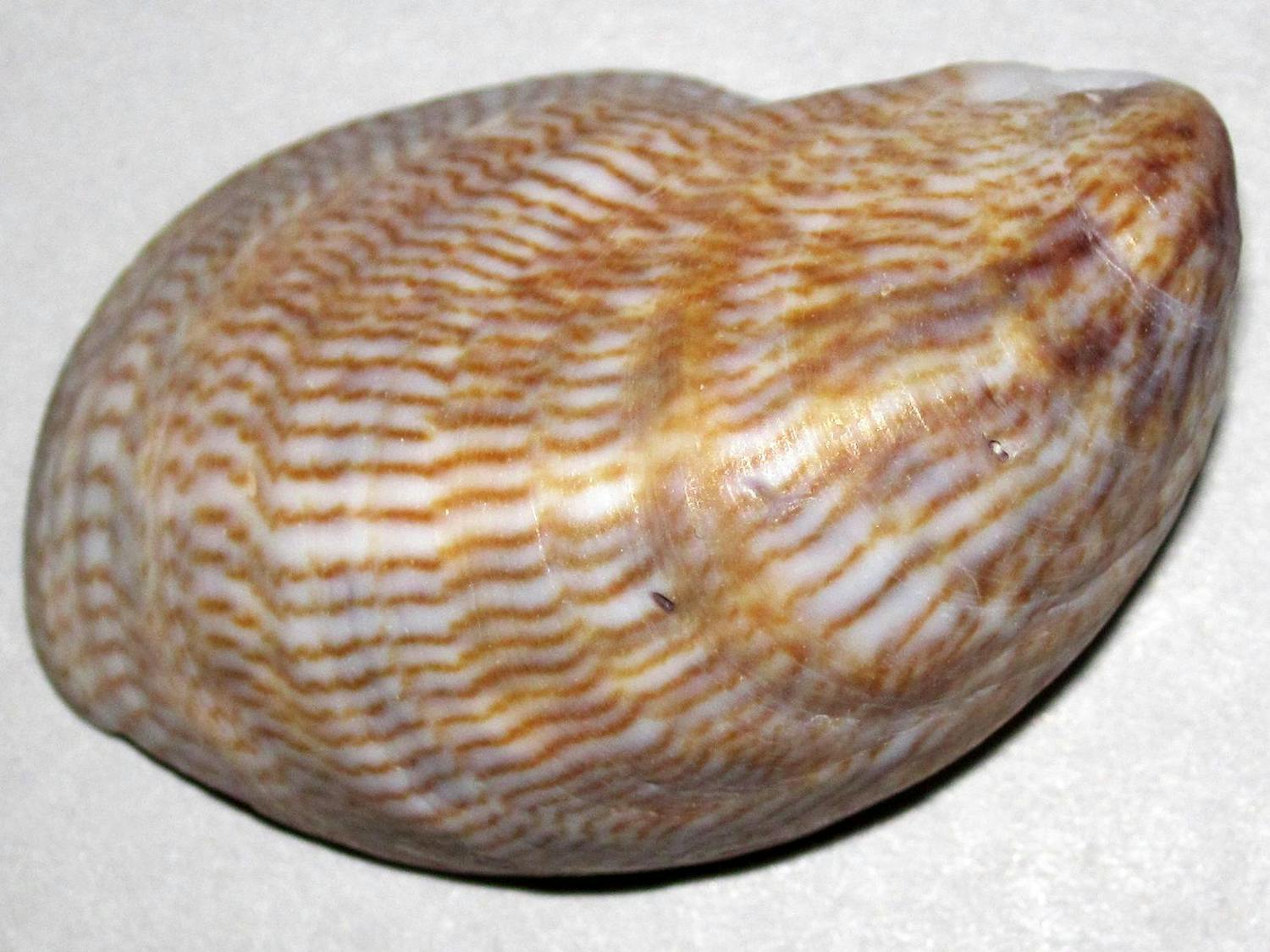Q&A: Diana Reiss decodes the dolphin Rosetta Stone
By Amelia Macapia | May 16Although dolphins are recognized for their large brains and intricate social structures, the extent of their self-awareness was not widely acknowledged until Diana Reiss, a professor at the cognitive and comparative psychology program of The City University of New York, published her groundbreaking work. As a leading expert in dolphin communication and cognition, Reiss introduced innovative mirror self-recognition tests. By strategically marking dolphins in an area not visible to them, such as above their eyes, Reiss observed their reactions to seeing their reflections and playful investigations of marked body parts. These behaviors were traditionally associated only with humans and great apes, yet Reiss’ groundbreaking work revealed that dolphins also exhibit self-awareness.









